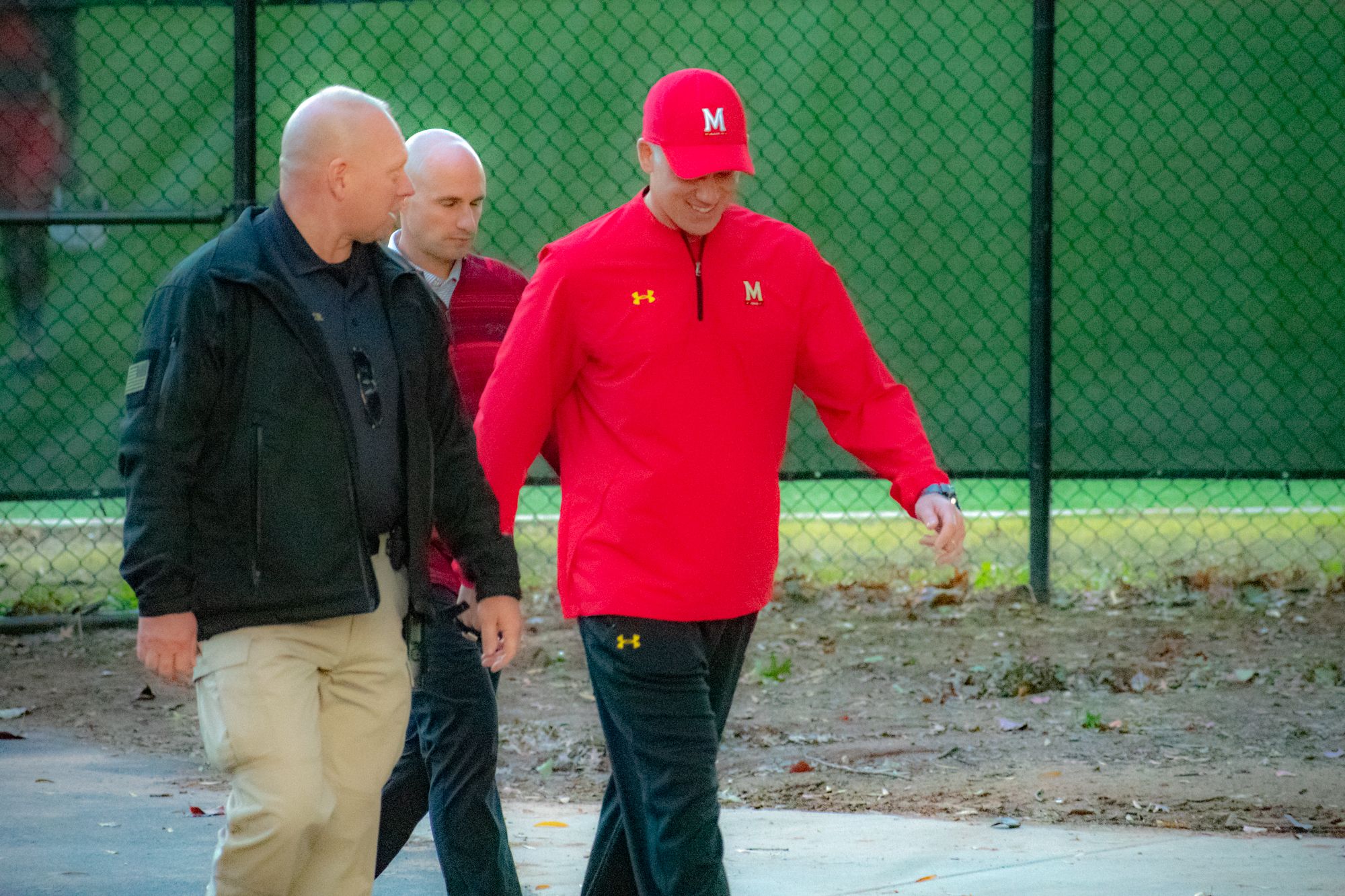Views expressed in opinion columns are the author’s own.
The University of Michigan is spending $5.6 million to build a new “concussion center” by fall 2020 in attempts to advance concussion research. Rutgers University recently announced its plan to allot $2 million through 2020 to support financial aid programs. Here at the University of Maryland, on the other hand, the school will be paying out more than $5 million to the former head coach of a football program in which one player died and others were abused.
The fiasco surrounding the Board of Regents’ recommendations for Maryland football ended with a few desirable outcomes. University President Wallace Loh — who mismanaged the death of Jordan McNair and was partially responsible for the dysfunction of the football program — plans to retire at the end of this school year. The former chair of the Board of Regents, who oversaw the committee that issued the recommendation to not make any personnel changes at the university, resigned as well amid outrage over the recommendations. And the athletic trainers who failed to treat McNair were fired, along with former head coach DJ Durkin.
However, Durkin’s firing comes with a major caveat. Because he was fired without cause, his contract stipulates that the university is obligated to pay him 65 percent of what was left on his contract, which works out to about $5.1 million.
The payout would have been frustrating even if he had simply been fired for, say, being a mediocre coach. It is very difficult to justify paying a football coach a multimillion-dollar salary at an academic institution — especially when the athletic department barely broke even for the 2017 fiscal year and the football team was just 10-15 under Durkin’s leadership. This would make it even harder to stomach paying the coach even more money after he’s fired.
But Durkin’s case goes far beyond that. He bears some responsibility for failing to supervise former strength and conditioning coach Rick Court and creating an atmosphere of intimidation in which players were afraid to speak out. There are few greater causes for a coach to be fired than having players abused on their watch, yet Durkin will be receiving millions from the school like nothing happened.
If he had been fired with cause, he would not be owed anything by the university. The noxious culture that he fostered in the football program and the failure to prevent the abuse by Court surely constitute concrete reasons for his termination.
Instead, the administration is letting him walk away with even more money, as if he were just another coach being replaced. The regents made their fondness for Durkin clear through reports that they were won over by his impassioned speech delivered during their deliberations. Loh, in his email to the university community about firing Durkin, wrote that it was a difficult decision and not reflective of his own opinion. These statements may make it easy to forget he headed the program where players feared protecting themselves against abuse.
The money spent on buying Durkin out of his contract is not just wasteful. It represents a failure on the part of the regents and the administration to truly hold Durkin accountable for his failings, even with $5.1 million at stake.
Zachary Jablow is a sophomore economics and government and politics major. He can be reached at zachjablow@gmail.com.



